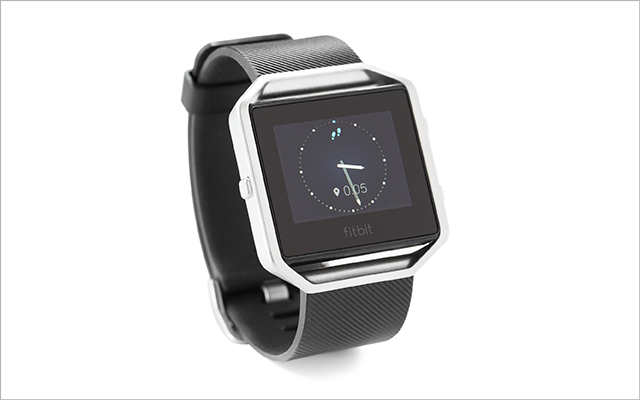Excess weight has been linked to a higher risk of early death, but where you carry it could be key. On certain body parts, those extra pounds may actually lower the threat.
For a meta-analysis published in the British Medical Journal, researchers screened 98,745 papers and focused on 72 cohort studies from around the world involving a combined 2.5 million participants.
The review looked beyond the common-but-flawed body mass index (BMI), which does not distinguish between lean muscle and body fat. In fact, as EL reported, a 2013 study in JAMA found no linear relationship between BMI and the risk of premature death: “Rather, researchers described a U-shaped curve, with the lowest risk of death for those in the overweight category (around 25 to 26 BMI). People considered mildly obese had about the same risk of dying prematurely as those in the ‘normal’ category. Death rates rose (slightly) at either end of the curve, for those considered underweight or obese.” (For more on issues with BMI, see “Beyond BMI: Why True Health Is About More Than What You Weigh”.)
The meta-analysis researchers found that central adiposity — fat carried around the waist — was consistently associated with a higher risk of premature mortality from all types of illnesses. This visceral fat stored in the abdomen around the internal organs can affect systemic inflammation, oxidative stress, insulin resistance, blood pressure, lipid profile, and endothelial dysfunction.
It’s also linked to a greater risk of type 2 diabetes, cardiovascular and kidney disease, breast and colon cancer, and neurological disorders, including Alzheimer’s.
Pooling data from 50 studies involving 2 million participants, they discovered that every 4-inch increase in waist size was linked to an 8 percent increase in premature death for men and 12 percent for women. The threat increased when adjusted for smoking, alcohol consumption, and limited exercise.
“Existing evidence suggests that central fatness might be more strongly associated with the risk of mortality than overall obesity,” the authors conclude.
Conversely, larger thigh and hip circumferences were associated with a lower risk of death. Every 2-inch increase in the thighs was related to an 18 percent lower risk of mortality. That may be because thigh size is typically an indicator of protective muscle, explains coauthor Tauseef Ahmad Khan, MBBS, PhD, a postdoctoral fellow at the University of Toronto’s Department of Nutritional Science.
A 4-inch increase in hip circumference was associated with a 10 percent lower risk of death. “Hip fat is not visceral fat but subcutaneous fat, which is considered beneficial,” Khan says.
Weight and Longevity: By the Numbers
- Every 2-inch increase in the thighs was related to an 18% lower risk of mortality.
- Every 4-inch increase in waist size was linked to an 8% higher risk of premature death for men and 12% for women.
- A 4-inch increase in hip circumference was associated with a 10% lower risk of death.
This article originally appeared as “Weight & Longevity” in the March 2021 issue of Experience Life.




This Post Has 0 Comments